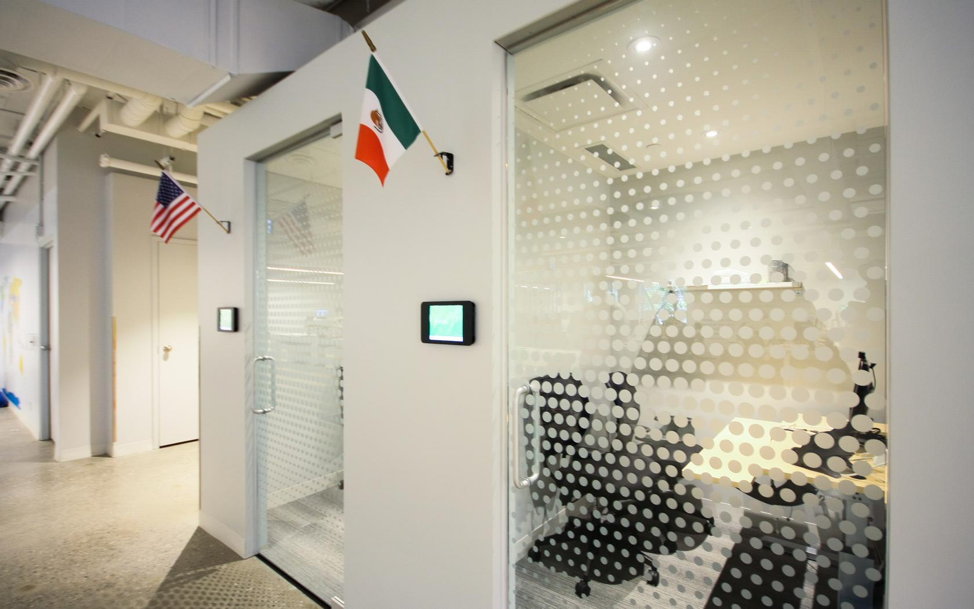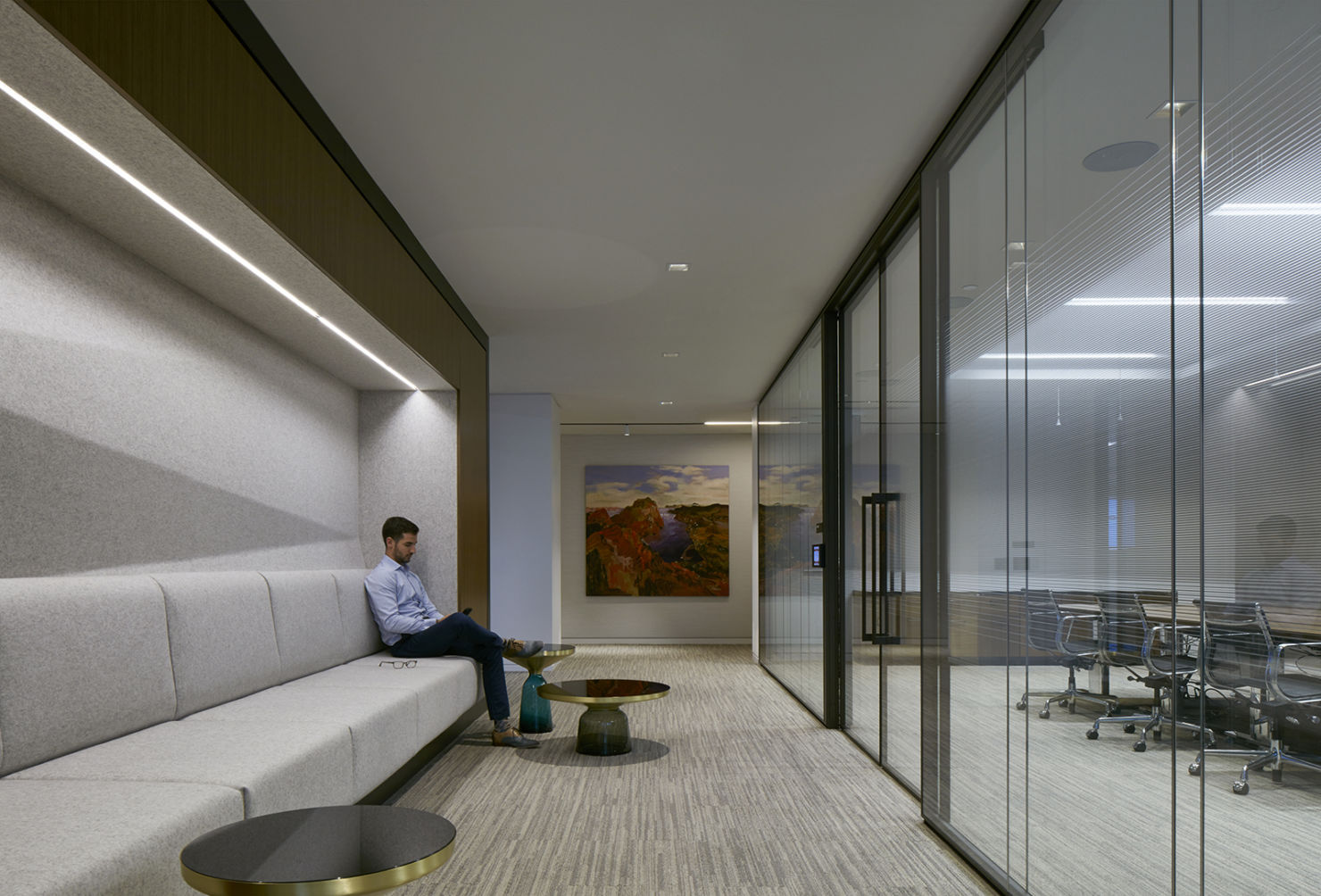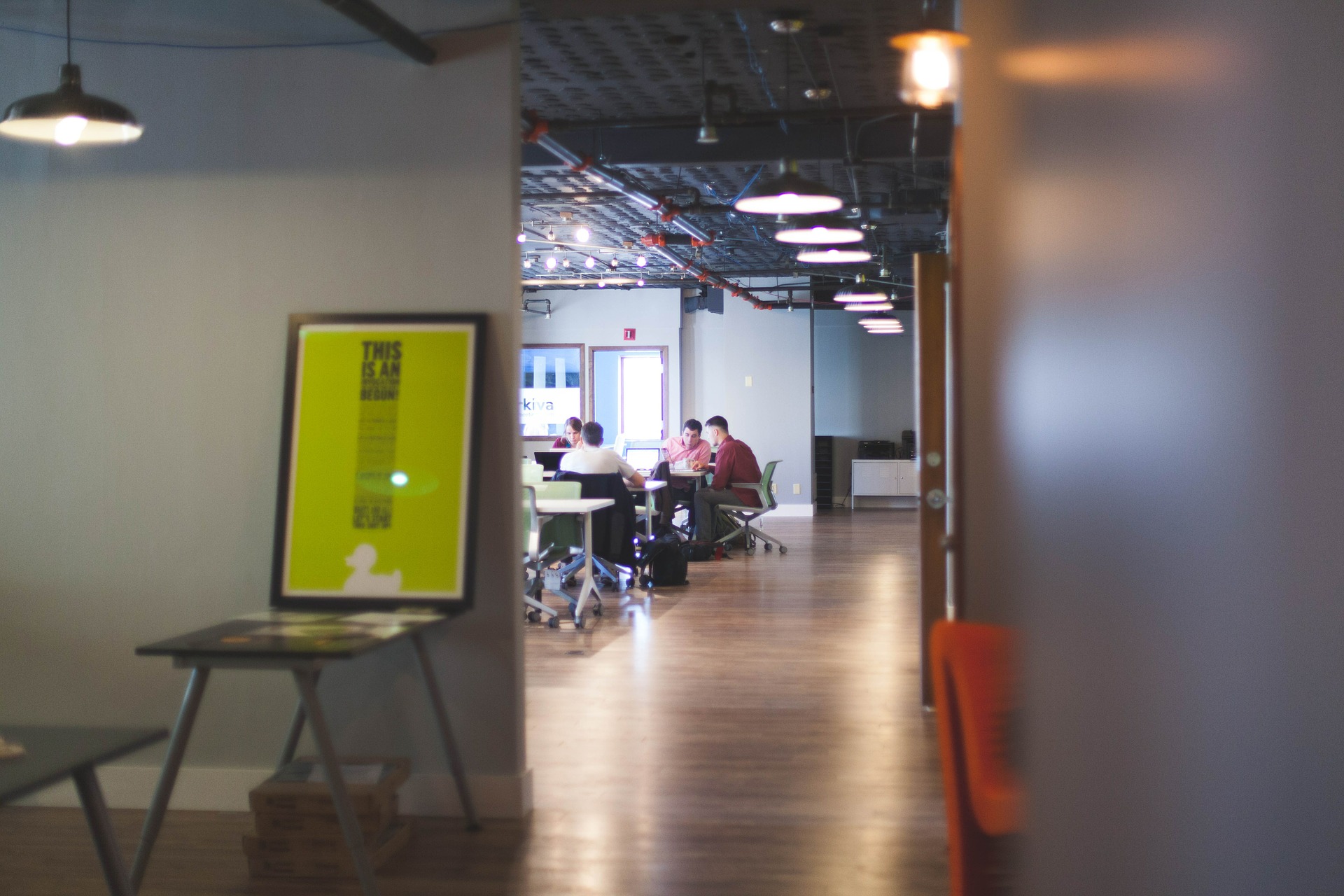New environments can be stressful for employees. As the move to open offices continues, navigating this new way of work approached wearily by employees.
But it doesn’t have to be that way. While technology has driven a new way of working, enabled by mobility, it also provides solutions for the modern workplace.
A growingly complex work environment
Alan Smith, VP of Global Marketing at Steelcase explains that
“Work is fundamentally more complex than ever before. For example, video- conferencing makes collaboration across time zones easier. But it also means that you can’t just book one conference room for a meeting—now you need to book multiple spaces for your global team’s video call. So collaboration got better, but meeting scheduling got a little more complicated.”
Better collaboration is good for businesses, but stressed out employees aren’t. So how can you balance both? A smarter workplace starts with a better way for employees to navigate it – Meeting Room Management.
Steelcase makes the comparison between a smart office and smarter tech in cars. Just as lane assists and accident detection have made driving safer, so too can better technology in the workplace make navigating the modern office easier.
Leveraging Technology for added visibility

Influitive’s meeting rooms all employ glass and meeting room booking iPads for increased visibility
Better technology in the workplace provides employees with the tools they need to unlock greater productivity.
Employees now operate in a completely mobile environment that involves hot-desking and open, unassigned seating. This has created difficulties in terms of having visibility across an office.
Technology like smarter meeting room booking addresses the visibility issue. Using a booking app for example, employees can see who’s in for the day and even what meetings that person may be involved in. As Fraser Stark – VP of Talent at Influitive notes
“Just knowing who is meeting and where people are is valuable for us. For example, if you’re a manager and you have two employees that you want to meet, you can see that it’s happening. In addition, our iPads outside each room provide full visibility into who’s meeting in what room”
Navigating the New Workplace
How else can technology in the office help employees? Research from Haworth on over 2,000 office workers at businesses both in and out of the US showed that it can have an effect on happiness. What improved employee happiness wasn’t higher salaries but rather making them feel that their employer values them; and by helping them focus on their work.
Head of Research at Steelcase, Dr. Michael O’Neil and his team found that having legible work environments contributed to a higher focus and sense of being valued.
Meeting Room Booking

Deloitte’s Toronto Office uses meeting rooms booking software to help employees better manage their schedules (Photo: James Brittain)
In an office environment, where work has become inherently multi-disciplinary and team based meetings are a must. Robust meeting room management apps and software add a significant amount of legibility to the modern workplace.
Technology fixes like meeting room booking also set a precedent for how rooms are used.The visibility they provide adds a social proof aspect. Where employees can see how others are using the space and emulate it. It becomes a shared office norm that serves to improve efficiencies as well.
Deloitte’s new Toronto office for example, employs completed unassigned seating across 16 floors. This means that tools for visibility are important. They use a variety of technology in the space to make it as seamless as possible for employees. For example, employees book meetings rooms and communicate with each over Skype chats.
Employees can also use their mobile devices to connect wirelessly to screens in meeting rooms through AirMedia. It’s a way of making the space as seamless for employees to use. It also ensures the tools employees need for truly impromptu meetings are available.
The Right Tools for Employees and Businesses
At the end of the day, the key is in providing employees with the tools they need to succeed in the workplace.
Successfully leveraging technology through a meeting rooms booking application can help them shave time off managing multiple meetings in any given day.
When you consider that it’s often the leaders and highest earners who are in the most meetings/day, helping them navigate booking better becomes a business necessity. And when it can improve their wellbeing and happiness, it’s a win-win.

